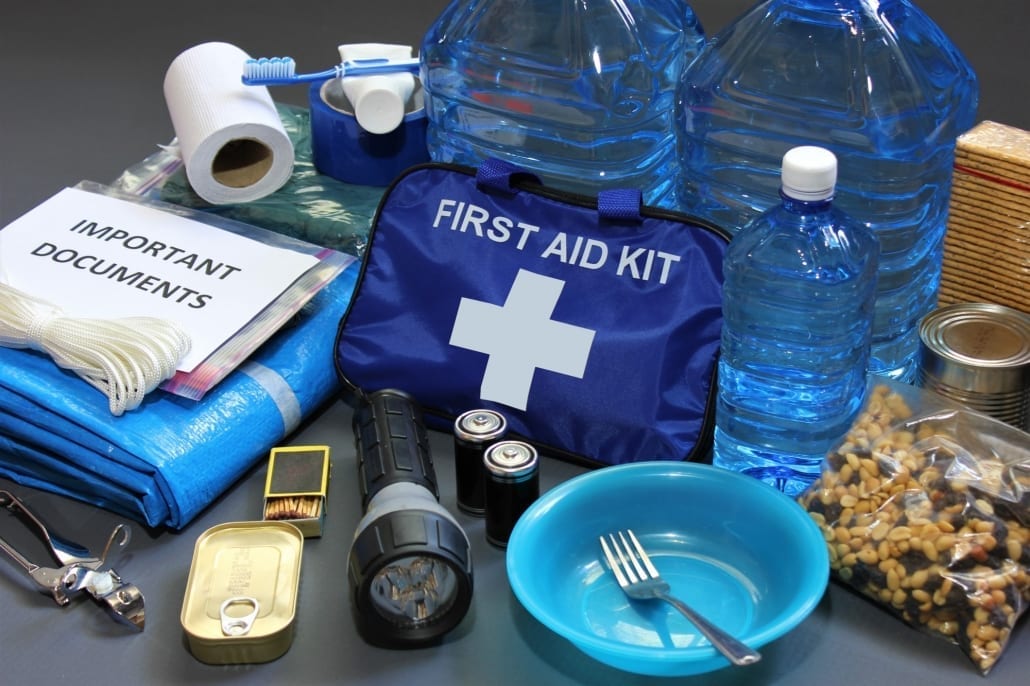5 Benefits of Blockchain Technology for Businesses
Many people are using the world blockchain these days. So much so that the phrase has become a buzzword. Currently, ASX blockchain companies are providing these services to users.
Finance and business executives often joke that the word blockchain placed at the end of the company name is enough to increase the share price of any entity at least twofold.
Jokes apart, it is a fact that more than 50% of companies are using – or planning to use – the blockchain technology, which gives a boost to the relatively nascent market.
Before we discuss its business benefits, we should first find out what blockchain really means, and what value it has to offer.
Blockchain Technology Defined
Blockchain technology is simply defined as a list of records known as blocks linked through cryptography. Each block contains transaction data and a time stamp.
It was first introduced for circumventing the traditional banks and financial institutions and satisfy their fears regarding unregulated money, making its way into the mainstream.
Blockchain technology authenticates and enforces financial transactions. Every aspect of the transaction, from creation to settlement, is carried out in real-time.
Businesses can use this technology for making and receiving payments, store data on clouds, or executing agreements.
In the article below, we will discuss some benefits of blockchain technology for businesses.
1. Money Transfer and Payments
This is perhaps the most widely known use of blockchain. With the help of this technology, businesses can carry out payments and transfers. Blockchain offers a secure and safe transfer of money anywhere in the world with a very low fee.
There are no intermediaries involved in blockchain transactions which usually charge high commissions, and also cause slowdowns in the process.
A business that has clients or employees in different parts of the world can carry out instant crypto-currency transfer in a cost-effective manner.
There are some organizations, including Abra and Bitage, who are spearheading the blockchain money transfer phenomenon.
2. Supply Chain Management
Most people in business abhor paperwork. They think that it stalls their speed and decreases their efficiency. When the matter is urgent, paperwork becomes a burden.
For businesses that are involved in supply chain management, logistics, or shipping, blockchain allows opportunities to bypass delays created due to excessive paperwork, and track all the shipments in real-time.
3. Transparency of transactions
Blockchain technology has allowed transaction histories to be more transparent. The reason is that it is a distributed ledger.
The same documentation is shared with all the participants involved in the transaction. There are no separate copies for each user.
Every participant in the transaction must agree on the documents, which will not become valid until there is a consensus. If a single change is needed in any document, it will mean changing all the existing and subsequent records after obtaining confirmation from all participants.
This system of affirmations and confirmations maintains the accuracy and transparency of the data. This also means that the data on the blockchain is more accurate than similar data shared through papers.
Blockchain can be understood with the help of Google Docs. There is a document that is available to many people who can make changes and save them. The same document is available to every user. However, there is just one difference. No single user can delete previous entries made in the document. They can only make additions.
4. Safety and Security
Blockchain technology is way more secure than the traditional systems of record keeping. First of all, every transaction must be agreed and affirmed by all participants before it is properly recorded.
Secondly, once approval is received from all participants, the transaction is encrypted, and then connected with the preceding transactions.
Thirdly, the information encrypted through this process is not stored in a single computer. Rather, it makes its way into a network of computers belonging to participants involved in these transactions. The availability of the same data on many computers across different geographical locations renders it impossible for hackers to attack all of them simultaneously.
The sanctity and security of data are imperative to every organization, whether it is healthcare services, banks, financial institutions, or government entities. Blockchain technology offers a novel way of sharing information without the fear that it will be compromised in any way. The risk of unauthorized access or activity or willful fraud is almost non-existent through blockchain.
5. Better management of inventory
Blockchain technology offers a complete and concise record of every monetary transaction that takes place in your business.
It also offers the opportunity to connect with every other part that you are dealing with, whether it is your supplier, clients, warehouse, or a retailer.
Everyone who is part of the network has the same data available to them. Since the information is similar to everyone, there is little room for confusion regarding the transactions that took place at each end. This leads to much better management of inventory as compared to the traditional method where every participant has their own set of documents that are reconciled with the rest at the end of any given period.
It will be useful to note here that the world’s largest shipping company, Maersk, is currently using blockchain technology for handling its workflows. The company started using blockchain after it found out that a simple shipment involved hundreds of interactions between different people across the globe, hindering speed and efficiency.
With the help of blockchain, the company is able to keep and process that data of its thousands of containers scattered all over the globe with ease and efficiency.
The Final Word
Initially, blockchain was envisaged as a technology that would support the Bitcoin. However, as time passed, experts suggested that it may have many more advantages. Currently, it is being discussed that blockchain may fundamentally alter the internet itself.
Gradually, with time, blockchain tore the boundaries of money-related transactions and became a distributed ledger phenomenon.
Presently, the demand for blockchain in businesses has been increasing exponentially. The demand for blockchain is expected to shoot up by more than 75% by 2022.


 Chargebacks have become a menace for online businesses. You risk losing a lot of money and valuable resources when you don’t pay attention to fighting chargebacks. They are transaction reversals that a buyer issues after purchasing products that did not meet the description or for other reasons. It’s important to know
Chargebacks have become a menace for online businesses. You risk losing a lot of money and valuable resources when you don’t pay attention to fighting chargebacks. They are transaction reversals that a buyer issues after purchasing products that did not meet the description or for other reasons. It’s important to know  If a natural disaster were to impact your city or town, would your small business be prepared for it?
If a natural disaster were to impact your city or town, would your small business be prepared for it? The concept and aspiration for fully autonomous vehicles has been around for at least 40 years. The reality in 2019 depends on who you talk to; it’s either here today, a few years away, or a decade or more before they truly become mainstream.
The concept and aspiration for fully autonomous vehicles has been around for at least 40 years. The reality in 2019 depends on who you talk to; it’s either here today, a few years away, or a decade or more before they truly become mainstream. A safe place from which to spot trouble
A safe place from which to spot trouble